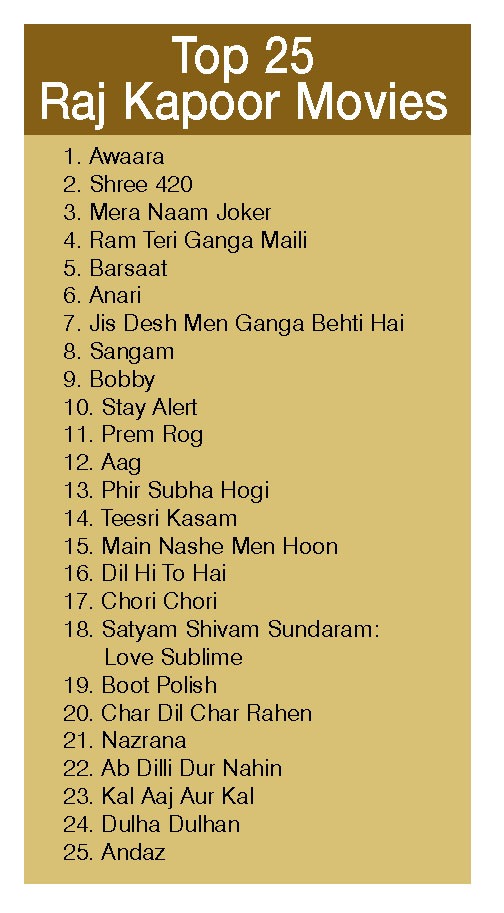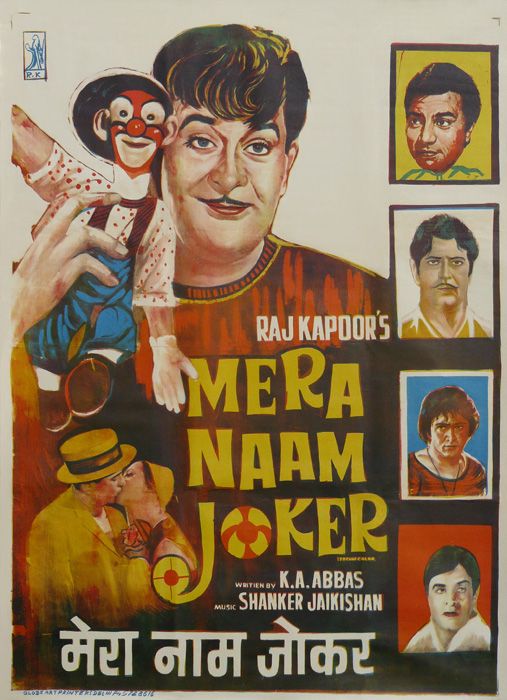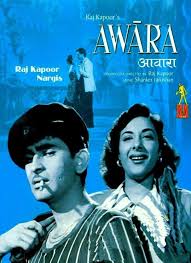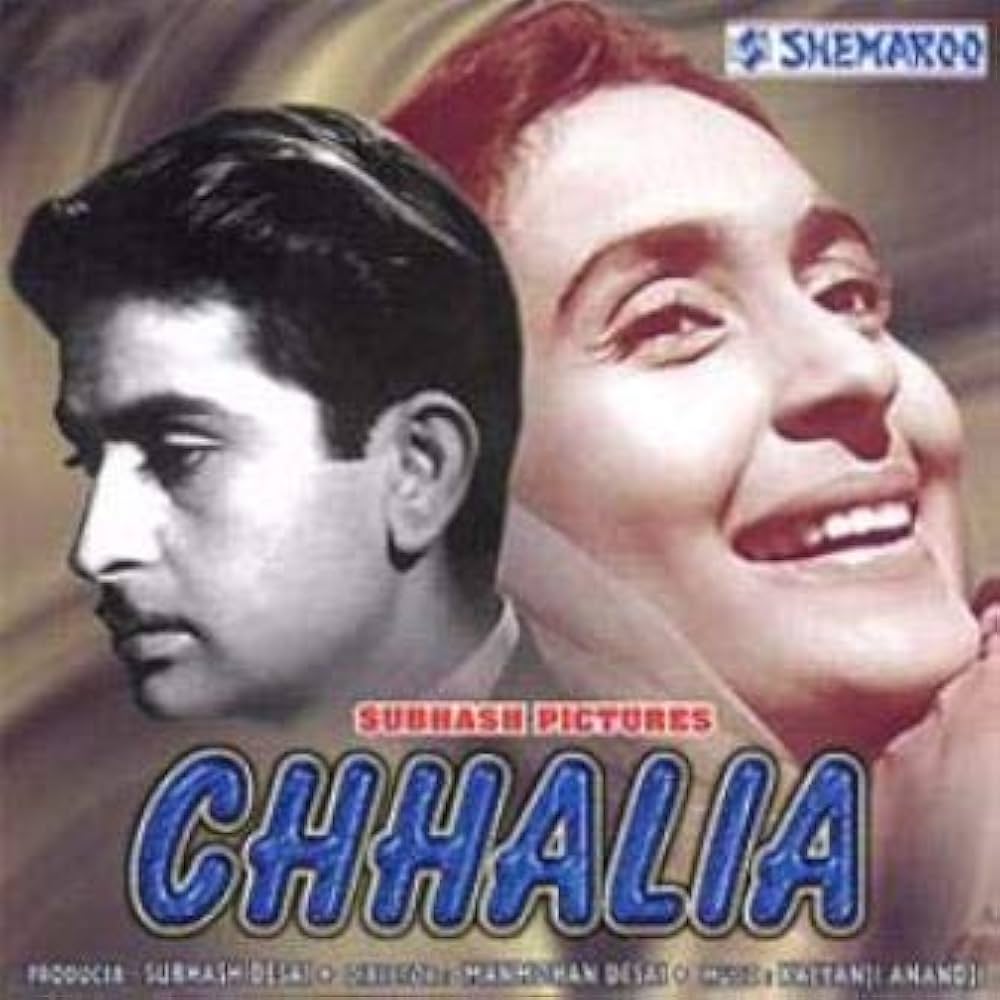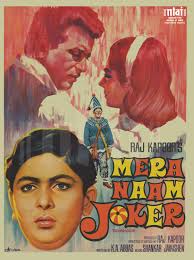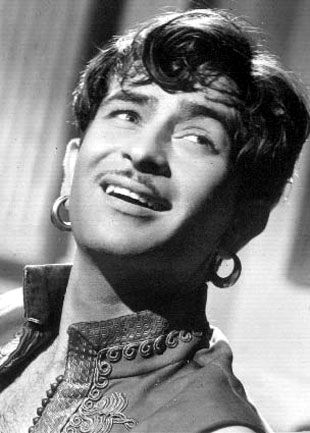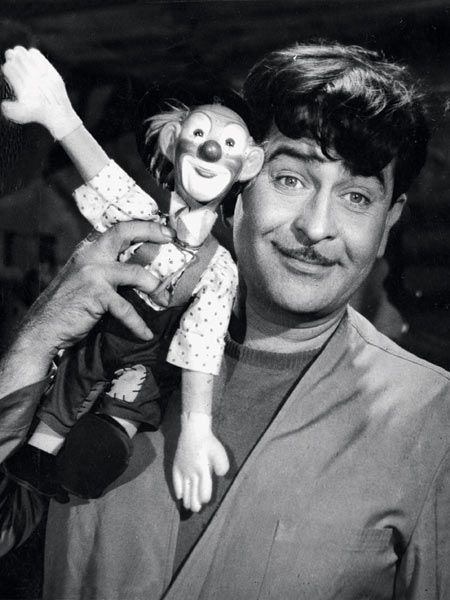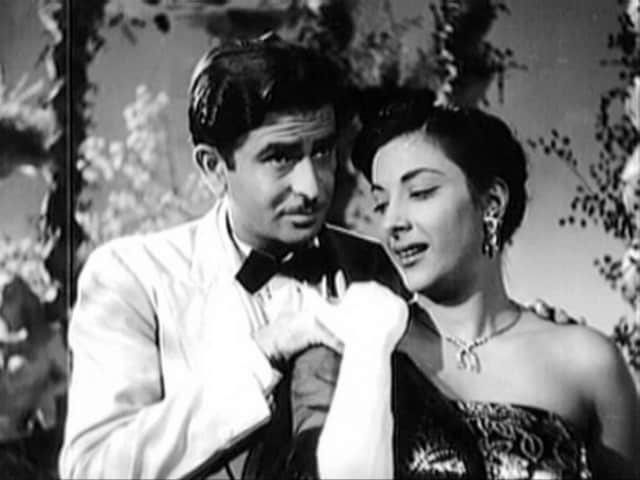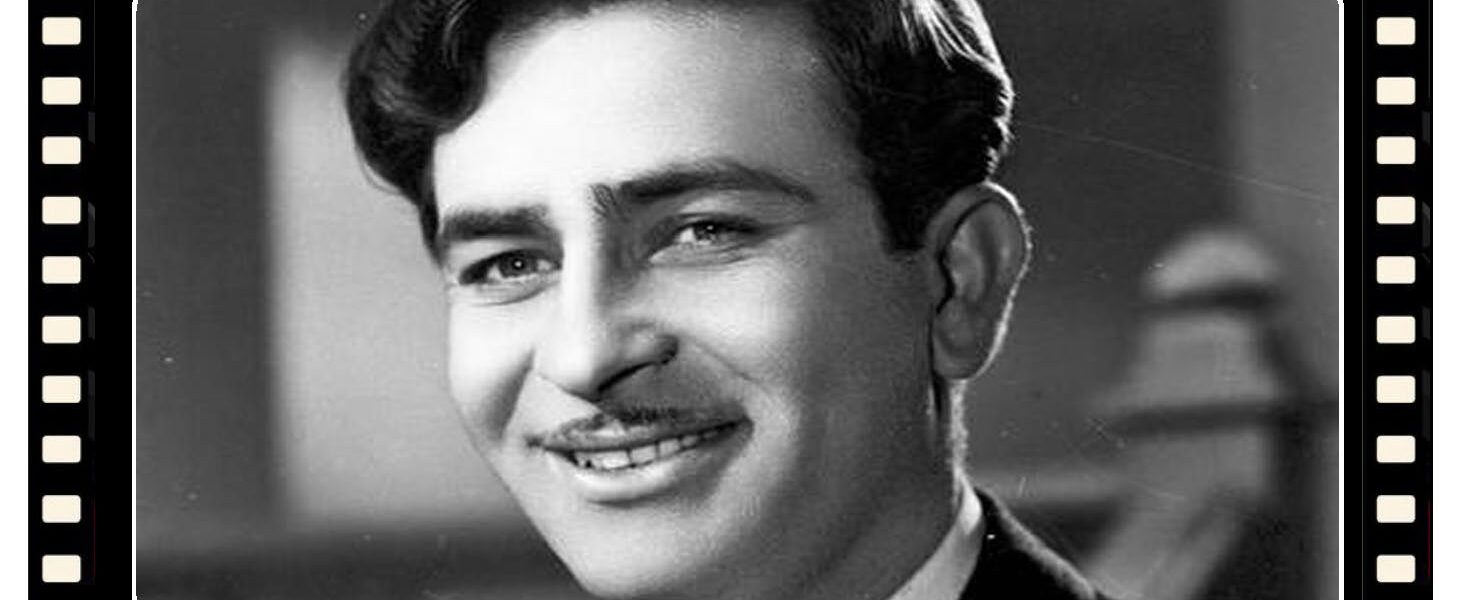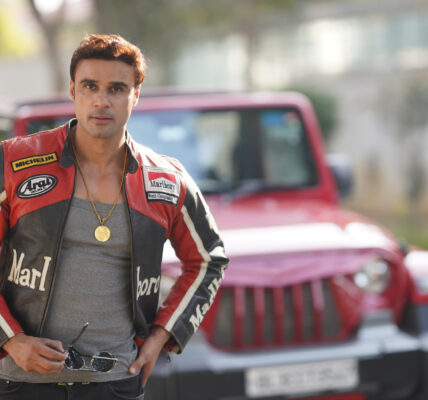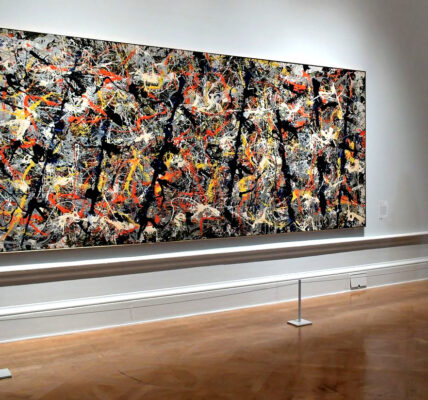Raj Kapoor: A Life in Cinema

By Indrojit D Chaudhuri
Born as Shristhi Nath Kapoor, sometimes known as Ranbir Raj Kapoor and known to the word as Raj Kapoor is frequently referred to as the greatest showman of Indian cinema but he was much more than an actor and a director. His infinitely priceless contributions to bollywood clearly placed him in the status of being a visionary and a legend even in today’s world.
The Golden Age of Bollywood
The time period of the 1940s through the 1960s is often called the golden era of hindi cinema and one of the leading faces of this era was raj kapoor. A man who possessed multi talents, Kapoor’s career as actor, director and producer set new standards in the Indian film industry. He managed to make the very movie which is a plenty of magic, feeling, and morals to which many fans of cinema will hold in their hearts forever.
Cinematographers in India often say that his performance is no different from the picture of poverty-stricken man’s life that was portrayed by famous actor Charlie Chaplin. Forget about India, even foreign colonies like the Soviet Union and other Asian countries adored this great man and Chaplin kissed the clouds with his remarkable narration.
A childhood shaped by fame and growth into a star
Raj Kapoor, who is born into the reputed Kapoor family that belonged to the Bollywood elite. His relationship with cinema began quite at a young age when he started his career as a child artist in *Inquilab* in 1935. By the age of twenty one, Kapoor had already made a mark for himself as a director with Aag (1948). His subsequent film, Barsaat (1949), a massive hit, marked the beginning of his journey as a filmmaker who effortlessly blended art and commerce.
Kapoor’s Awara (1951), with its universal themes and iconic soundtrack, became a global phenomenon. Songs like Awara Hoon transcended linguistic barriers, finding admirers in countries such as Russia, China, and Turkey. Films like Shree 420 (1955) and Jis Desh Mein Ganga Behti Hai (1960) further solidified his reputation as a master storyteller who brought societal themes to life with humor, emotion, and unforgettable melodies.
Visionary Filmmaker
Kapoor’s work often pushed cinematic boundaries, tackling themes of love, poverty, and morality with a progressive lens. Films like Mera Naam Joker (1970) and Bobby (1973) showcased his versatility as a director. While Mera Naam Joker was initially a box office disappointment, it later gained cult status for its ambitious storytelling. On the other hand, Bobby became a trendsetter, introducing youthful romance and redefining Bollywood narratives.
Kapoor’s ability to balance commercial appeal with bold artistic choices was evident in films like Sangam, Satyam Shivam Sundaram and Ram Teri Ganga Maili, which celebrated romance, sensuality while addressing societal taboos.
Music and Cinema
A connoisseur of music, Kapoor’s films featured some of the most iconic soundtracks in Indian cinema. Collaborating with legendary composers like Shankar-Jaikishan and lyricists like Shailendra, Kapoor created songs that remain evergreen. Hits like Mera Joota Hai Japani, Pyaar Hua Ikraar Hua, and Ae Bhai Zara Dekh Ke Chalo not only added depth to his films but also became cultural milestones.
Kapoor’s close association with playback singer Mukesh added a distinct emotional resonance to his characters, making their struggles and triumphs even more relatable.
Personal Life and Legacy
Raj Kapoor’s personal life was as storied as his career. Born in Peshawar, British India, he was the eldest son of Prithviraj Kapoor, a towering figure in Indian theater and cinema. His marriage to Krishna Kapoor and his enduring family ties laid the foundation for the Kapoor dynasty, which continues to dominate Bollywood.
While Kapoor shared a discreet romantic relationship with actress Nargis during the 1940s and 1950s, their pairing onscreen in films like Awaara and Shree 420 remains legendary. The Kapoor family’s subsequent generations-Karisma, Kareena, and Ranbir Kapoor-carry forward his illustrious legacy.
Accolades and Enduring Impact
Over his lifetime, Kapoor was honored with numerous accolades, including 11 Filmfare Awards, the Padma Bhushan in 1971, and the prestigious Dadasaheb Phalke Award in 1987. His contributions to Indian cinema earned him two Palme d’Or nominations at the Cannes Film Festival, reflecting his global impact.
Despite battling health issues in his later years, Kapoor’s passion for cinema remained undiminished until his untimely passing in 1988. His influence extends beyond his films; he redefined Bollywood’s global identity and shaped its artistic direction.
A Timeless Icon
Raj Kapoor’s artistry, vision, and humanity make him an enduring figure in the annals of Indian cinema. From crafting stories that touched millions to establishing a cinematic dynasty, his legacy is nothing short of monumental. Decades after his passing, Raj Kapoor remains a beacon of inspiration, his films a testament to the magic of storytelling and the timeless appeal of the “Greatest Showman” of Indian cinema.
